Introduction
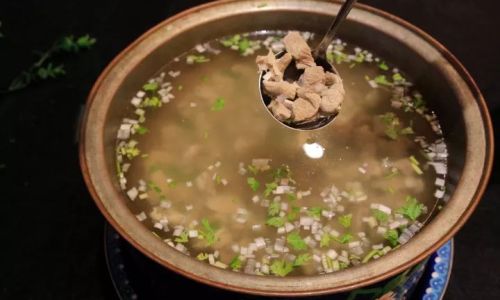
Lamb soup, a culinary delight enjoyed across various cultures and cuisines, offers a rich, hearty, and comforting experience that warms the soul on the coldest of days. Its deep, earthy flavors and the tender texture of the meat make it a staple in many households, especially during winter. While the essence of lamb soup may vary slightly from region to region, the fundamental principles of crafting a perfect pot remain consistent. This guide aims to demystify the process of making lamb soup, providing a step-by-step recipe, tips for selecting the best ingredients, and insights into the various cultural influences that have shaped this timeless dish.
Section 1: Understanding the Ingredients
1 Lamb Choice
The quality of the lamb is paramount in determining the final taste of your soup. For a traditional, rich flavor, opt for bone-in lamb cuts such as shanks, shoulders, or necks. These cuts are not only more flavorful but also contain a higher amount of collagen, which helps in creating a silky, gelatinous broth. If you prefer a leaner option, boneless lamb stew meat can also be used, though it might require additional gelatin or bones for body.
2 Bones and Broth Foundation
Lamb bones, especially those with marrow, are crucial for building a flavorful broth. They add depth and complexity to the soup through long, slow cooking. Marrow bones can be roasted before adding to the pot to enhance their flavor contribution. Additionally, consider using a combination of lamb bones and knuckle bones for a more robust broth.
3 Vegetables and Aromatics
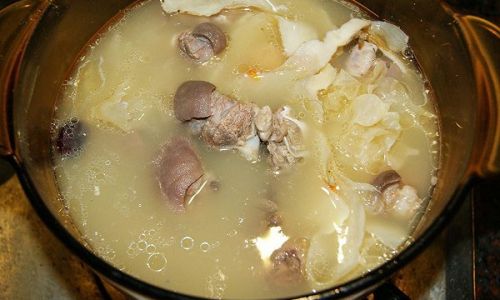
Vegetables and aromatics form the backbone of the soup’s aroma and subtle sweetness. Carrots, celery, and onions are the holy trinity in most soup recipes, providing a balanced, savory base. Garlic, ginger, and fresh herbs like thyme, rosemary, and parsley add layers of complexity. For a touch of acidity and brightness, consider adding tomatoes or lemon juice.
4 Seasonings and Spices
Lamb soup’s seasoning can range from minimalist to adventurous, depending on your preference and cultural influence. Salt and pepper are essential, but you can also experiment with spices like cumin, coriander, paprika, or even a hint of chili for warmth. In Mediterranean and Middle Eastern cuisines, a sprinkle of dried oregano or a dollop of yogurt can elevate the dish.
Section 2: Preparing the Lamb Soup
1 Preparing the Ingredients
Begin by rinsing the lamb bones and meat under cold running water to remove any blood or impurities. Pat them dry with paper towels to avoid splattering during cooking. Roughly chop the vegetables into large pieces to ensure they don’t disintegrate during the long cooking process. Peel and mince the garlic and ginger, and set aside.
2 Roasting the Bones (Optional but Recommended)
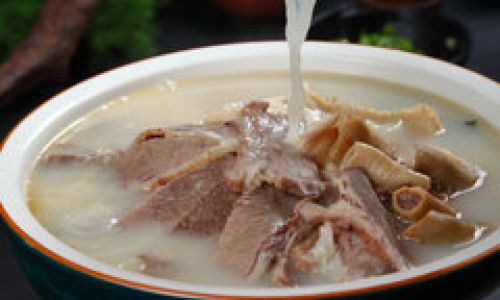
Preheat your oven to 375°F (190°C). Place the lamb bones on a roasting rack and roast for about 30-40 minutes, turning occasionally until they are evenly browned. This step caramelizes the bones’ surfaces, drawing out their natural fats and intensifying flavors. Once done, remove from the oven and let them cool slightly before transferring to your soup pot.
3 Building the Broth
In a large, heavy-bottomed pot or Dutch oven, place the roasted bones and meat. Add chopped vegetables, minced aromatics, and any spices or herbs you’re using. Pour in enough cold water to fully submerge the ingredients, plus an extra inch or two for evaporation. Bring the pot to a gentle simmer over medium-high heat, skimming off any foam or impurities that rise to the surface.
4 Simmering to Perfection
Reduce the heat to low and let the soup simmer gently, uncovered, for at least 3-4 hours, or preferably overnight on the stovetop or in a slow cooker. The low and slow cooking process allows the flavors to meld together, the meat to become tender, and the broth to develop a rich, golden hue. If using a slow cooker, set it to the lowest setting and cook for 8-10 hours.
5 Finishing Touches
Once the soup has reached your desired consistency and flavor, taste and adjust the seasoning with salt and pepper. If you prefer a clearer broth, you can strain out the solids using a fine-mesh sieve. For a thicker, more velvety texture, leave the bones and vegetables in and blend the soup using an immersion blender until smooth.
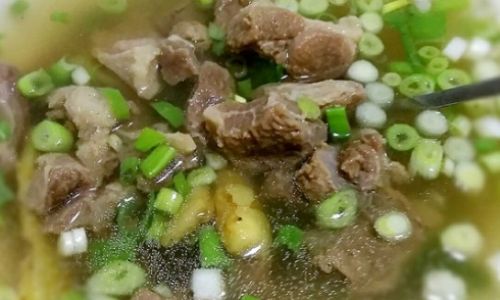
Section 3: Cultural Variations and Serving Suggestions
1 Greek Lemon Lamb Soup (Avgolemono)
Avgolemono is a classic Greek soup characterized by its lemony tang and creamy texture achieved through the addition of beaten egg yolks and lemon juice to the hot broth. Serve it garnished with chopped dill or parsley and a drizzle of extra virgin olive oil.
2 Middle Eastern Lamb and Lentil Soup
Incorporating lentils adds both protein and texture to the soup. This version often includes tomatoes, cumin, and a hint of cinnamon, reflecting the flavors of the Levant. Serve with a dollop of yogurt, a sprinkle of sumac, and fresh mint leaves.
3 French Navarin of Lamb
Navarin is a hearty French stew traditionally made with lamb, white wine, vegetables, and herbs like thyme and bay leaf. It’s often thickened with pearl onions and carrots, and served with crusty bread on the side.
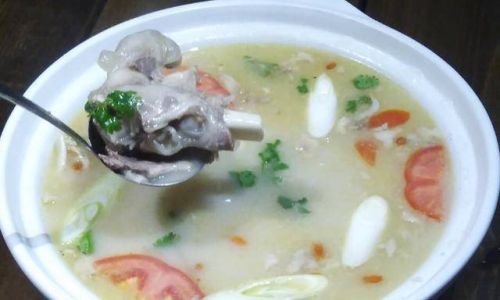
4 Asian-Inspired Lamb Soup
Inspired by Chinese and Vietnamese cuisines, this version might include star anise, cloves, and fish sauce for an umami-rich broth. Serve with rice noodles, fresh cilantro, and a squeeze of lime.
Conclusion
Making lamb soup is not merely a cooking task but an act of nurturing and sharing. It requires patience, attention to detail, and a willingness to let time do its magic. Each spoonful is a testament to the ingredients’ journey from farm to table, the flavors intertwining in a dance that transcends cultural boundaries. Whether you’re crafting a traditional recipe or exploring new fusion ideas, remember that the heart of lamb soup lies in its ability to comfort and nourish. So, gather your ingredients, fire up the stove, and embark on a culinary adventure that promises not only a delicious meal but also a deeper connection to the world’s rich culinary heritage. Enjoy your lamb soup-making journey!
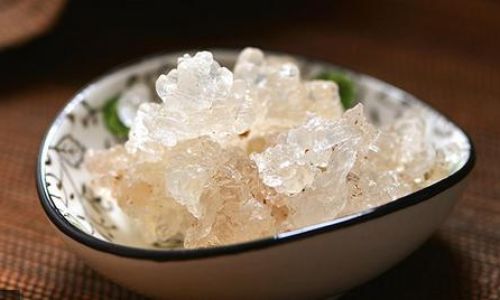
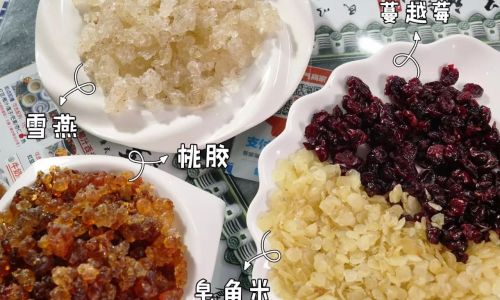

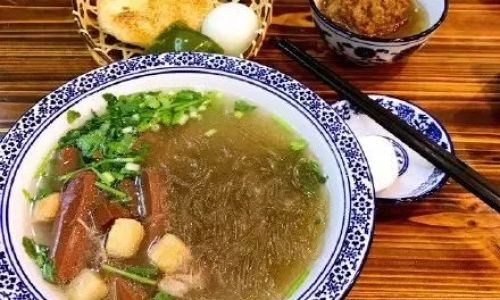
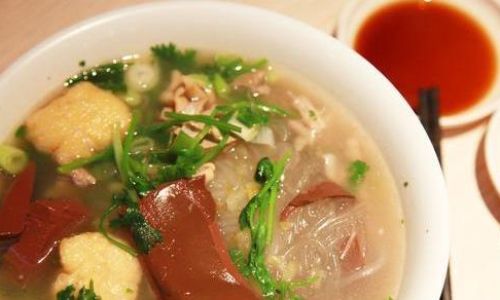
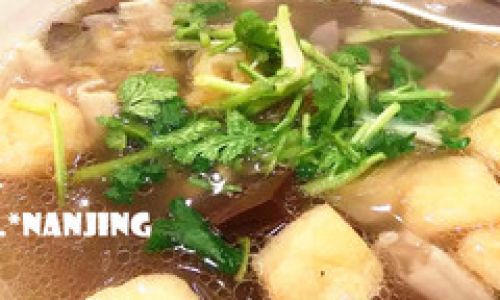
0 comments